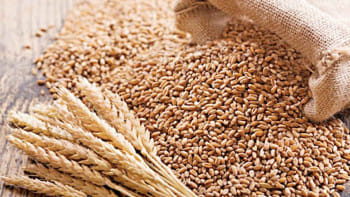AWD tech saves 30pc of groundwater
Farmers in the vast Barind tracts are being encouraged to adopt “Alternate Wetting and Drying (AWD)”, an irrigation method which helps save water in aquifers amidst an abnormal decline in the level of underground water in recent days.
The farmers are also being suggested to cultivate wheat instead of only Irri-Boro paddy in the drought-prone dry areas, comprising 25 upazilas of Rajshahi, Naogaon and Chapainawabganj districts.
The Barind Multipurpose Development Authority (BMDA), the largest state-owned organisation facilitating irrigation in the country's northwest region, has taken up the initiative for promoting the AWD irrigation method.
Field level researches are being conducted on the AWD irrigation method and various programmes, including those to provide training to farmers and campaigns, have been undertaken, said BMDA Deputy Manager (agriculture) ATM Rafiqul Islam.
He said adoption of the irrigation method in Boro farming in a mass scale can reduce use of underground water by 30 percent while simultaneously ensuring additional yield.
Groundwater levels in the Barind area have declined alarmingly due to the adverse impacts of climate change, Farakka dam and excessive extraction.
“Every year, we have to irrigate over 7.52 lakh hectares of farming fields, including 2.61 lakh hectares of Irri-Boro land, in the region. For the purpose, we have to operate 14,090 power-driven deep tube wells,” he said, adding that irrigation there was dependent on groundwater.
BMDA has conceived the method as an effort to keep the underground water reserves intact through less consumption for irrigation. He said the farmers generally use 3,000 to 3,200 litres of water for irrigation to produce one kilogramme of paddy. But, the paddy hardly need 1,500 to 2,000 litres under the AWD technology.
Dr Nazmul Bari, BRRI's senior scientific officer, said adoption of the method would result in a fivefold reduction in requirement for water and save 30 litres of diesel used for irrigation and produce an additional 500 kilogrammes of paddy per hectare.

 For all latest news, follow The Daily Star's Google News channel.
For all latest news, follow The Daily Star's Google News channel. 



Comments